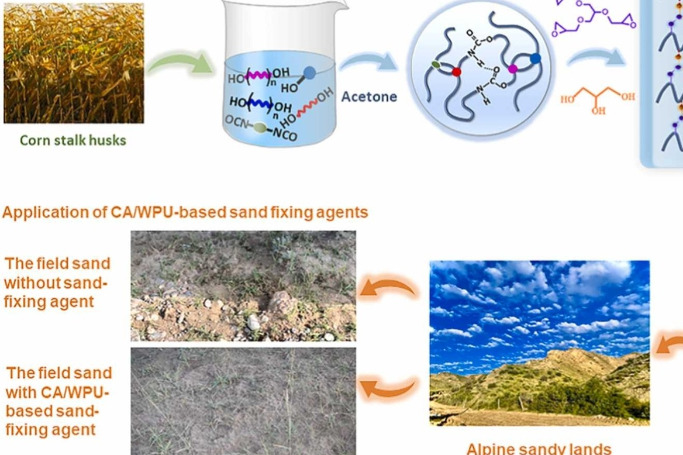Could this moss survive and thrive on Mars? A Chinese study points to potential
A team of researchers from the Chinese Academy of Sciences found that a desert moss species could withstand the harsh conditions of the Martian environment.
A desert moss that can stand extreme drought and cold on Earth may serve as a pioneer plant on Mars and pave the way for human colonisation, according to a new study from China.
A study by researchers from the Chinese Academy of Sciences found Syntrichia caninervis thrives in places like the Tibetan Plateau, the Mojave Desert and Antarctica by going into a form of hibernation that can last for years.
The addition of a small amount of water saw the moss bounce back to life “within seconds” and resume photosynthesis, turning carbon dioxide into the oxygen and carbohydrates essential to human survival on any planet, the researchers wrote.
“Although there is still a long way to go to create self-sufficient habitats on other planets, we demonstrated the great potential of S. caninervis as a pioneer plant for growth on Mars,” they said.
“It represents a promising candidate as a colonist to facilitate terraforming on Mars … and help drive the atmospheric, geological, and ecological processes required for other higher plants and animals.”
The findings attracted the attention of astrobiologist Lin Wei from the Institute of Geology and Geophysics in Beijing, who described them as “very interesting and valuable”.
“With a series of scientific experiments, the team demonstrated that Syntrichia caninervis could survive for one week in a simulated Martian environment,” said Lin, who was not involved in the study.
The paper’s lead author, Li Xiaoshuang, a cell biologist from the Xinjiang Institute of Ecology and Geography, told the South China Morning Post that she had been studying the “magic” plant for two decades.
The desert moss was known for its outstanding resistance to drought and radiation, she said. “Most plants would die if they lost 30 per cent of their cell water. This one survives after complete dehydration.”
Li and her team found that the dried moss plants fully recovered within 30 days after exposure to Martian conditions for one, two, three, and seven days. Hydrated plants exposed to the simulator for one day also survived, but regenerated more slowly.
According to Li, the team has already planted the moss in a replica of the soil found on Mars. “It grew really well, and all it needed was water,” she said.
Next, Li and her team will be looking for opportunities to send moss samples into outer space for exposure experiments, or even to the surface of the moon or Mars.
“Mosses were the first embryophyte to leave the ocean and colonise land in Earth’s history. We are curious to see if colonisation could happen again on Mars,” she said.
We are thrilled to extend a warm welcome to the China Scientist Awards!
Join us for the China Scientist Awards, a premier event in the realm of research. Whether you're joining virtually from anywhere in the world, this is your invitation to explore and innovate in the field of research. Become part of a global community of researchers, scientists, and professionals passionate about advancing research.
visit: chinascientist.net
Nomination Link: https://x-i.me/chinom
visit: chinascientist.net
Nomination Link: https://x-i.me/chinom
For inquiries, contact us at contact@chinascientist.net
-------------------------------------
Other website:




Comments
Post a Comment